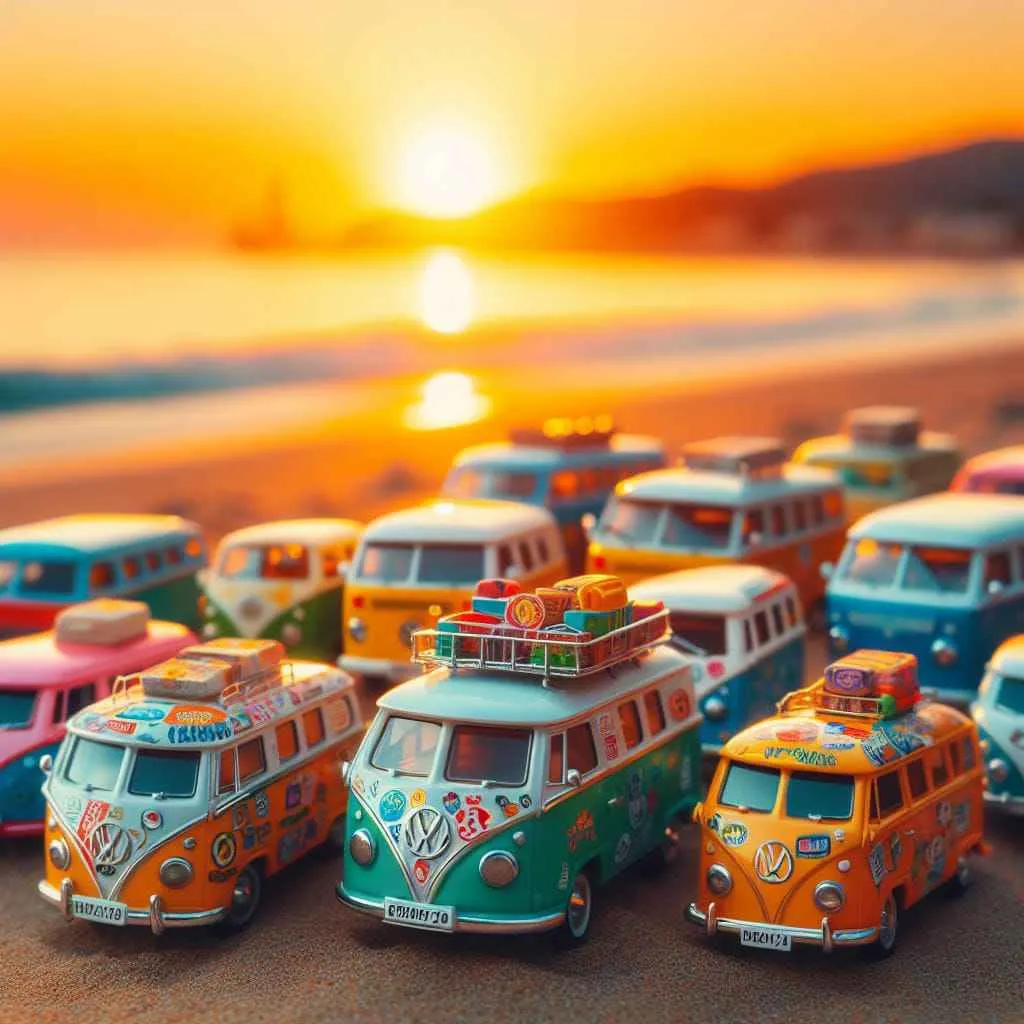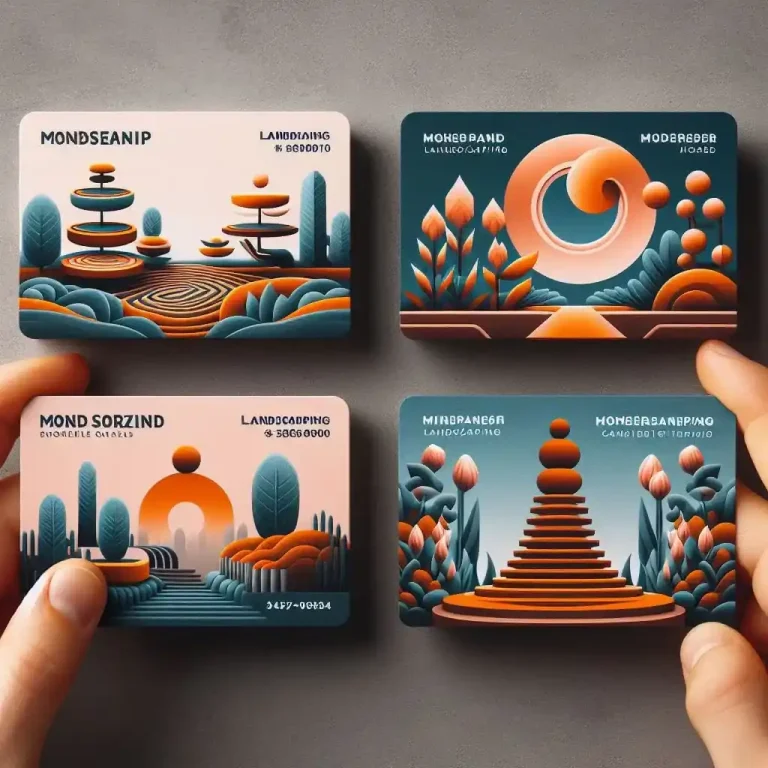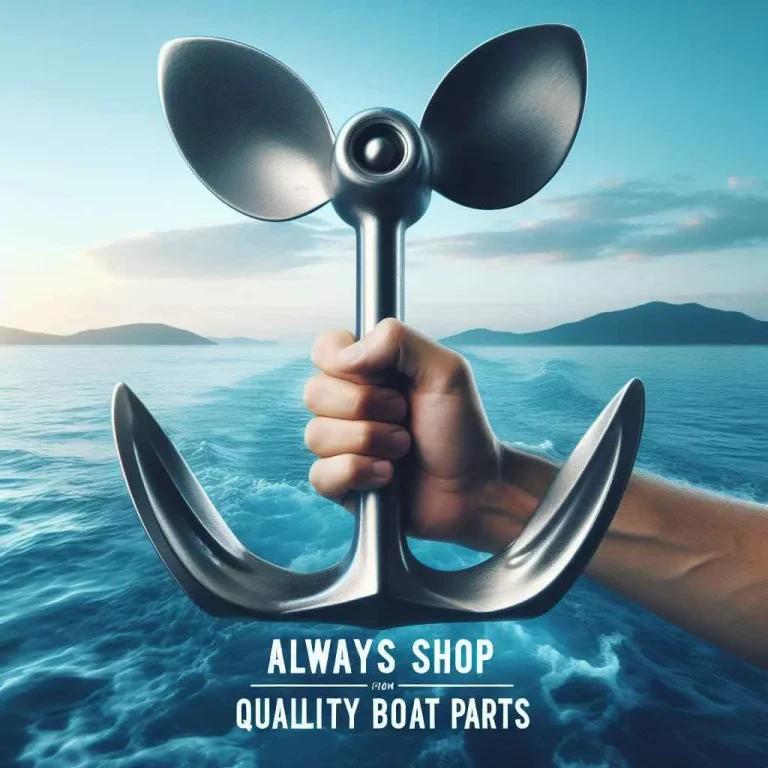A Comprehensive Guide to Customizing and Converting Small Camper Vans

Living in a van has gained significant appeal with people in the United States, with many attempting to find a viable form of housing for a more affordable life. The decision to buy an adventure vehicle is exciting, as you now have the freedom of the open road at your disposal. Turning your van into a home on wheels will provide comfort wherever the road takes you.
Small camper vans are among the best options because they’re easier to drive and park. Customizing your ride for van performance is one of the first steps after buying your van.
The good news is that you’ve found the perfect place for guidance on outfitting and customizing your new camper van. Continue reading to find happiness in van living today!
Advice Before Outfitting Small Camper Vans
Before embarking on your van life journey, learning advice about what to expect after buying a small camper van and beginning to outfit is vital. The advice applies whether you’re a seasoned DIY pro or new to using a drill and other power tools.
It’s best to anticipate the van outfitting to consume most of your life when you’re in the thick of it. Expect to spend several evenings and nights thinking of ways you can boost the van’s curb appeal and practicality. It’s also expected to feel panicked if you think you’ve done something wrong with your build.
You can gain peace of mind by understanding that everything you need to learn is available online. The videos and articles you’ll learn from are often free.
Hire professional help for some parts of the installation. Running electrical wires and installing gas in the van is complex and can become dangerous. It’s best to spend the extra money to hire a professional.
Having expectations and advice will help you navigate the process of customizing and outfitting your van for endless adventures or a nomadic way of life. You can move forward with confidence in your build.
Establish a Budget
Setting a budget early is essential if you’ve yet to find and purchase a van. The research will tell you much about what to expect when you’re preparing to gut the van’s interior and begin making it a habitable space for all your outdoor adventures.
With the price of the van included, it’s best to anticipate spending between $15,000 and $20,000. The pricing should consider any tools you’ll need to handle DIY work in the van, fees for hiring professional help, and any parts or materials used.
Having $10,000 to spend on the materials to outfit the fan will help you build an impressive home on wheels. Use second-hand or recycled products to lower your expenses while helping the environment.
Find the Perfect Van
After knowing what you can afford to spend on small camper vans and outfitting them, you can begin the search for the perfect off-road companion. Finding a small camper van is more manageable when money isn’t an issue. If you’re working within a smaller budget, do your due diligence with research.
It’s better to spend more to buy a reliable van and the drive train you prefer. You’ll get what you want the first time and can focus your energy and finances on outfitting the van’s interior.
Look for straight bodywork when shopping, as fixing structural dents is costly. It’s also wise to look for vans with more than 100,000 miles, as prices are much higher before hitting that threshold.
A good service history will also provide peace of mind. Ask for and review the maintenance records before handing over your hard-earned money.
Design Your Small Camper Van
When you get your new van home, it’s natural to want to jump into the interior design of your new home. Converting a campervan is beneficial if you want to tailor the design to your needs.
Buying a van that someone else has converted or that came finished from the manufacturing plant limits the features that add value to your life. Pursuing a conversion will help you design the ideal build.
A top option to consider for your design is a fixed bed. Taking down and then putting the bed up daily will get old quickly. A fixed bed eliminates extra work and allows you to relax when you’re ready to hop into bed.
It’s also beneficial to plan for the van’s living controls to be accessible from bed. These controls include your heat and ventilation for a comfortable interior space.
An off-grid electrical system is also a must-have for small camper vans. You can take your adventures anywhere with a solar energy system for your camper van.
Buy Everything
Creating your design will give you a clearer picture of what you’ll need to buy to complete the interior build. Buying items and materials as required will save you some money, but buying everything you think you’ll need in one go is best.
Your shopping spree should include any tools you’ll need, wood for furnishings and structures, and the appliances you plan to install. Having all the items you’ll need eliminates stress and allows you to get started on the build sooner.
To begin the project, use brick-and-mortar stores and online shopping to find all the necessary equipment and materials. You’ll be making progress toward moving into your off-road van and finding adventure.
Cut Holes in the Van
If your van lacks windows, one of the first alterations you’ll make to its design is to cut holes in the side. Allowing natural light into your van benefits comfort, security, and health.
Consider cutting a hole in the side to create a sliding window you can open and close to let the breeze in. Porthole windows are another option to provide lighting to the van’s interior.
MaxxAir fans are a mainstay for every adventure vehicle. Cut a hole in the roof to install one for ventilation and cooling during those warmer nights. Tackle these installations early, as they’ll be more challenging if you wait until later in the build process.
Take things slowly, and practice cutting holes using wood before moving onto your van’s metal body. A jigsaw will cover most of your cutting needs.
Install Extra Seats
Installing extra seats is only necessary if you want to travel with friends in your van. The two front seats will cover the needs of you and your partner or travel companion. Adding extra seating ensures friends can join in the adventure.
The seats provide a safe space for your friends to sit while in transit. You’ll comply with the law when you install these extra seats with seatbelts.
Installing the bolts for new seats is challenging. Consider seeking help from a professional to secure the seats without causing damage to the van. Hire a van conversion company for guidance and tips for your small camper van’s build.
Lay Your Floor
When you begin laying the floor, you’ll know you’re getting closer to completing your build. It’s essential to put insulation down to hold heat in if you plan to camp during the autumn and winter.
The process is simple, making it a fantastic DIY project when building small camper vans. Cut insulation boards to fit on your van’s floor and cover them with plywood.
Plywood will do the trick for flooring if you’re on a budget, but it’s best to find a finished flooring option to boost your van’s curb appeal. Vinyl flooring is a versatile and durable option that adds to your van’s interior design.
Build Your Frame
The first time you’ll need the tools you’ve purchased for the conversion is when you begin building the van’s frame. You’ll start building the foundation that will allow you to turn the van’s interior into a cozy and comfortable living space.
Use the layout design you’ve chosen to determine where storage cabinets, the bed, and the kitchenette will be. Lights and control switches are other considerations to avoid overlooking.
Start by adding support beams to the van’s walls. These studs will make further interior work a breeze later in the conversion process.
Install Your Electronics
Part of living in a van full-time is making it as comfortable and convenient as possible. It’s a small space, making running electrical wire more straightforward than refurbishing an old home.
Create a diagram of all the electrical components in the van and where they’ll be installed before they start. The diagram will save you countless headaches if you encounter electrical issues in the future. You’ll have the information to troubleshoot the problem and solve it.
If you need help with electronics, consider working with a professional installer for this part of the conversion process. If you want curb appeal, you’ll need to spend countless hours learning about electrical systems or hire someone with that knowledge to help.
Add Insulation
Now that you’ve run the electrical wires through the van, you can begin adding insulation between the wooden studs you’ve installed on the van’s walls. Insulation will make a massive difference for comfortable temperatures in different climates.
You’ll remain cool when living in warmer climates and warm when camping in the winter. Take the insulation and break it into pieces that fit between the studs. Use a spray-on adhesive to keep stubborn sections in place.
It’s also worth using spray foam insulation for tricky or awkward sections. You’ll ensure each section of your van retains comfortable temperatures and conserves energy.
Install Your Walls
When you install the walls for your van conversion, you’ll begin seeing the curb appeal for the first time. It’s a preview of your van’s appearance when you complete the conversion process.
It’s one of the first stages of the conversion where you’ll feel you’re making progress with the build. Plywood is an acceptable wall option, though you can find tongue and groove wood to add to the curb appeal and provide a more sophisticated appearance.
Tongue and groove walls will create the impression of home. It’s worth the comfort and happiness it provides when living in a van full-time.
Add the Fixtures
Cabinets are an excellent use of space in your converted van. You’ll need organized places to store food goods, ingredients, cooking utensils, and clothing. Cabinets provide secure and organized spaces for your belongings when you’re not using them.
Counter space is another idea to build into your camper van’s design. You’ll have ample cooking and food preparation space when you install a small section of counter space.
It’s also the part of the process where you add your bed. A floating bed concept is one of the best options for a camper van conversion. Use the space below the bed as extra storage for gear, clothing, and supplies.
Install Water and Gas
Water and gas are essential to complete your small living space on wheels. PVC pipes are your best bet to run water to your van’s sink and shower system.
You’ll need a pump to push your fresh water through the system. A tankless water heater is another wise investment for hot showers after a long day of hiking.
Installing a gas system is more complex. It’s a part of the conversion process you should consider handing to a professional for the best results.
Connect all appliances to the gas tank using copper tubing to prevent leaks. Compression fittings are another beneficial modification for performance and safety. Add a carbon monoxide sensor to enhance your safety when sleeping in the van.
Customize Your Small Camper Vans Today
Customizing small camper vans has several benefits, allowing you to gain new skills and experience. Your customizations will help you build the ideal van for your lifestyle and needs.
Establish a budget and create an interior design of what you want. Buy the tools and materials you’ll use to outfit the van for an off-road adventure. Consider hiring a professional to help run electricity and gas in the van.
Technology has allowed individuals to convert small vans into cozy living spaces. Read our Tech content for more insights on how technology changes the world today!






